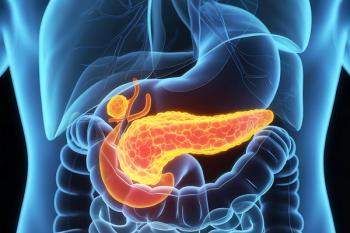
GC–MS Used to Assess Surgeons' Health Risks
The American Urological Association has used a GC–MS method to determine the health risks faced by surgeons due to toxic by-products in surgical smoke.
The American Urological Association (Linthicum, Maryland) has used a GC–MS method to determine the health risks faced by surgeons due to toxic by-products in surgical smoke. The association has published findings from the Republic of Korea, where scientists looked at smoke produced in prostate vaporisation and transurethral resection.
The team analysed samples from six procedures using GC–MS, looking for potentially harmful chemicals. In their samples, they discovered potential carcinogens, along with chemicals associated with irritation to the skin and eyes and depression of the central nervous system.
Based on these findings, the association is calling for “a higher-quality filter mask, smoke evacuation device, or smoke filter” to be deployed during surgery for the protection of both the operating staff and the patient.
Newsletter
Join the global community of analytical scientists who trust LCGC for insights on the latest techniques, trends, and expert solutions in chromatography.





